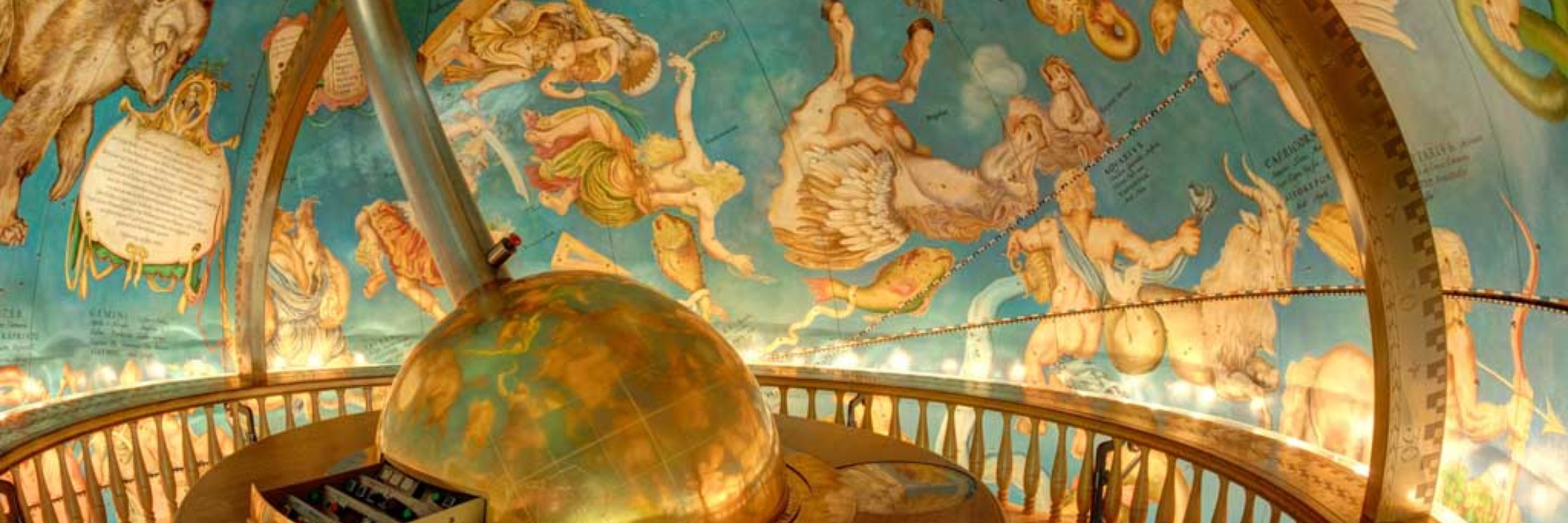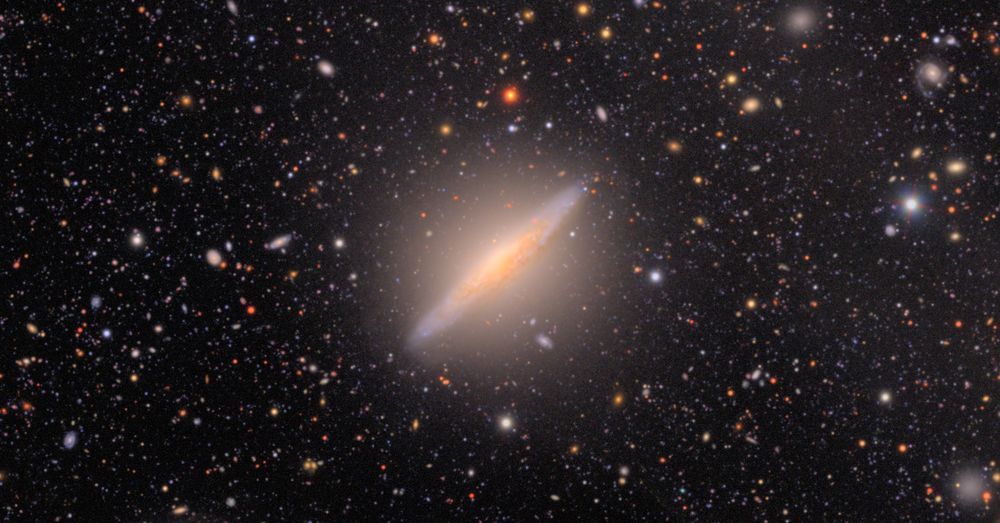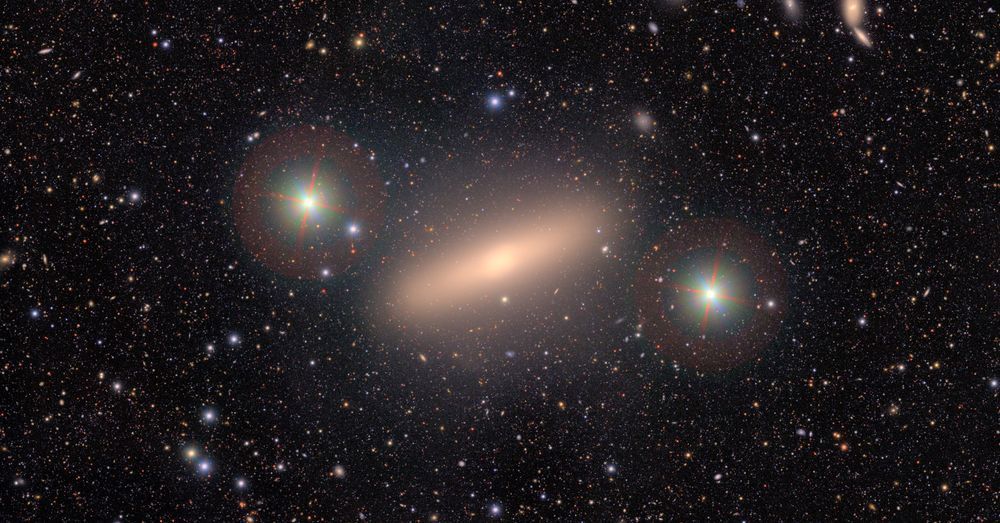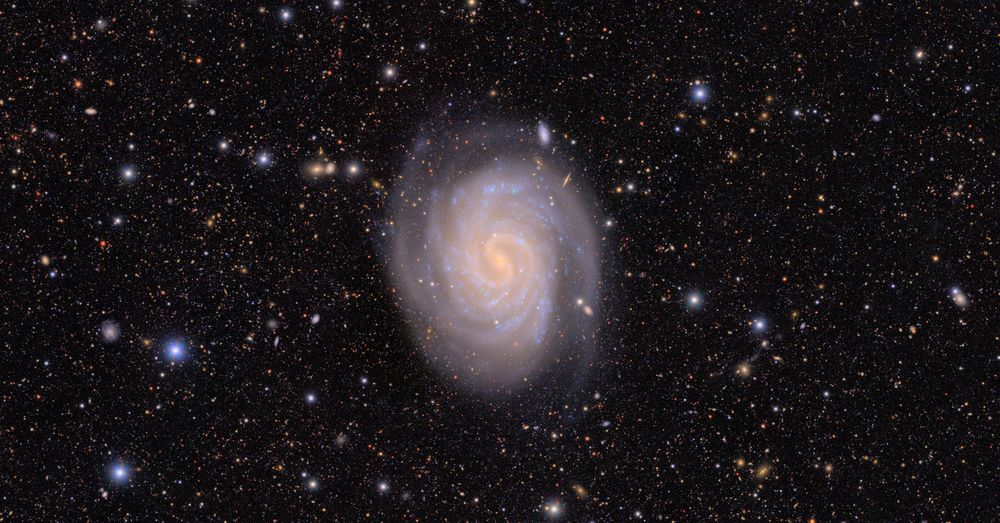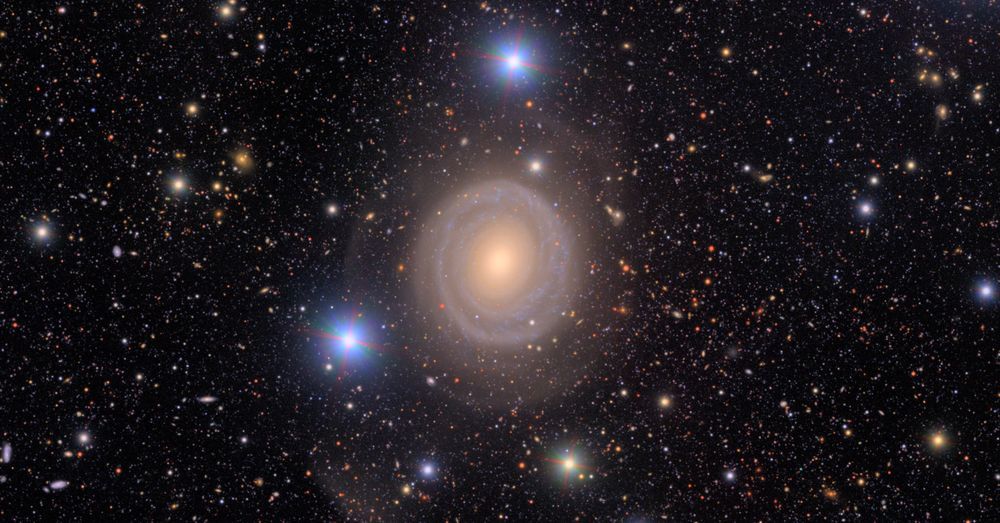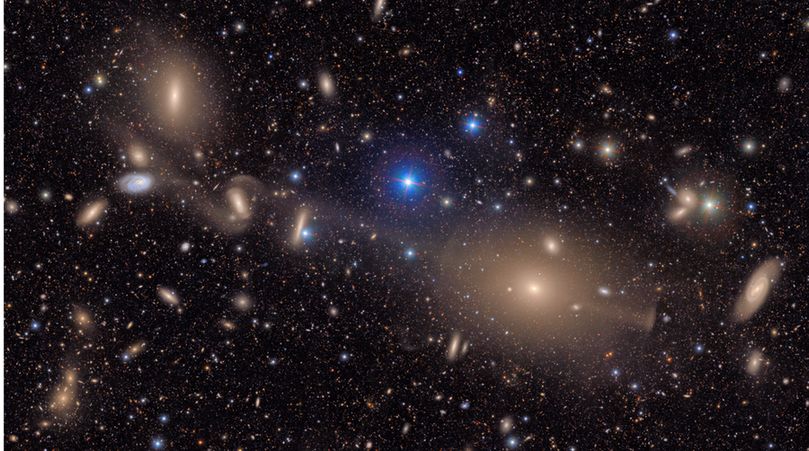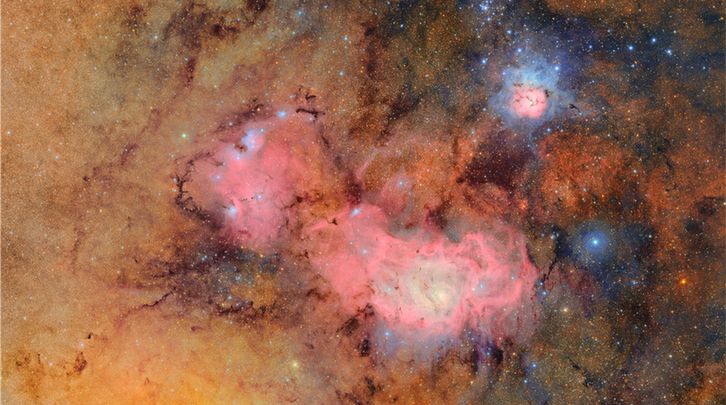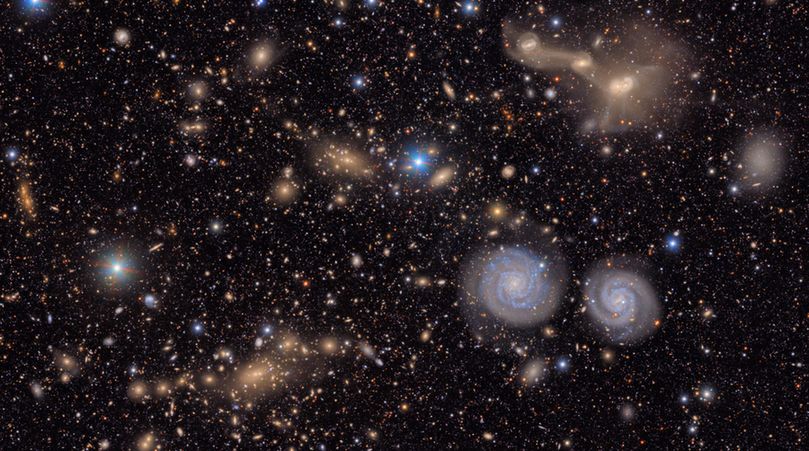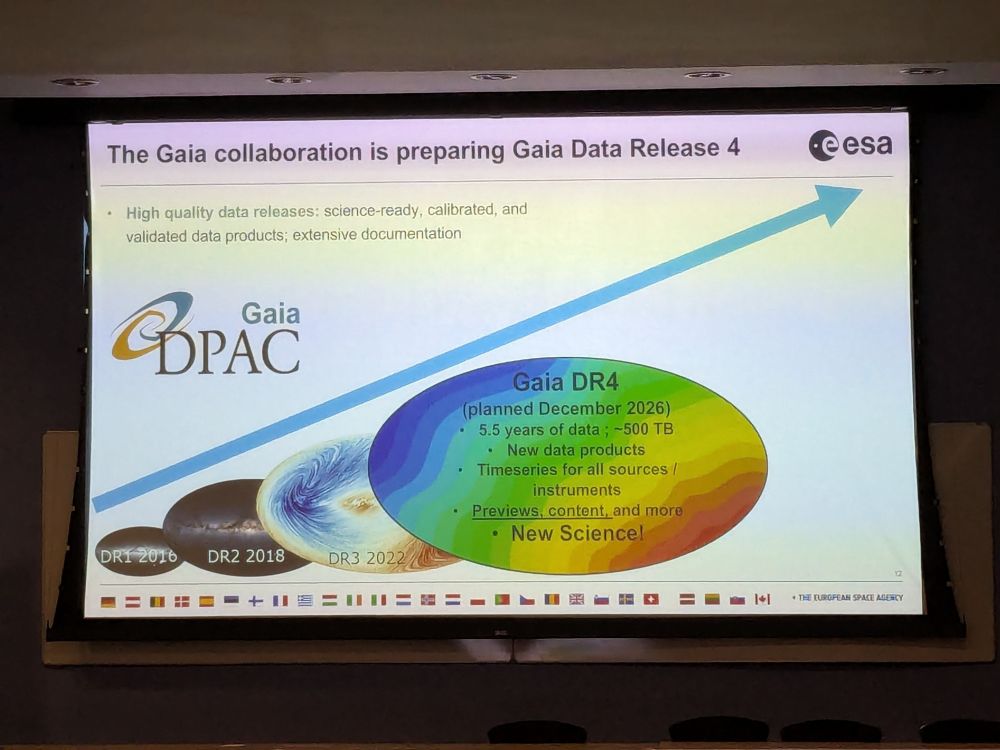Sociedade Astronômica Brasileira
@sabastronomia.bsky.social
870 followers
27 following
36 posts
Perfil oficial da Sociedade Astronômica Brasileira.
🔭
~ We favor dark skies on Bluesky
Posts
Media
Videos
Starter Packs
Reposted by Sociedade Astronômica Brasileira
Reposted by Sociedade Astronômica Brasileira
SBPC
@sbpcnet.bsky.social
· Jul 30

ABC e SBPC em defesa da soberania nacional e em solidariedade ao ministro Alexandre de Moraes - Jornal da Ciência
As entidades manifestam "repúdio às sanções unilaterais impostas pelo governo dos Estados Unidos da América ao Ministro Alexandre de Moraes, do Supremo Tribunal Federal, com base na chamada "Lei Magni...
www.jornaldaciencia.org.br
Reposted by Sociedade Astronômica Brasileira
SBPC
@sbpcnet.bsky.social
· Jul 23

SBPC convida todos a participarem de ato em defesa da soberania nacional - Jornal da Ciência
Evento marcado para a sexta-feira, 25 de julho, vai reunir juristas e entidades democráticas no Salão Nobre da Faculdade de Direito da USP, às 11h
www.jornaldaciencia.org.br
Reposted by Sociedade Astronômica Brasileira
Reposted by Sociedade Astronômica Brasileira
Reposted by Sociedade Astronômica Brasileira
Reposted by Sociedade Astronômica Brasileira
Reposted by Sociedade Astronômica Brasileira
Reposted by Sociedade Astronômica Brasileira
Reposted by Sociedade Astronômica Brasileira
Reposted by Sociedade Astronômica Brasileira
